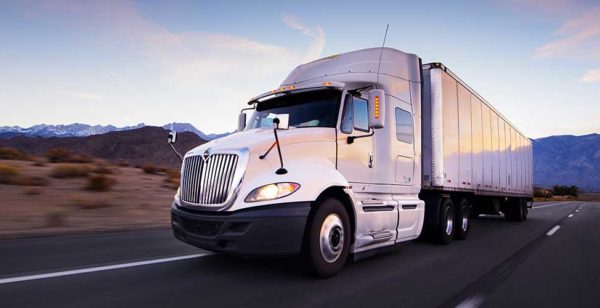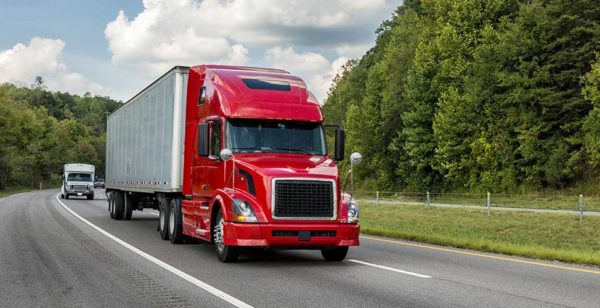 What are some of the things that must be considered before leasing or buying a shipping trailer?
What are some of the things that must be considered before leasing or buying a shipping trailer?
- Square footage needed and shape of packaging.
- Weight of load
- Material properties of the load, such as perishability, physical properties and most importantly, weight.
The weight of the material will tell you the most important factor of your trailer: How many axles you will need. Shipping trailers will have anywhere from one to three axles and in some cases multiple axle vehicles.
Single axle vehicles are usually used for light cargo, such as cloth and some electronics parts and in many cases only on local runs. Tandem axles are used on longer trips and/or heavier cargo and some trailers, for very heavy cargo, use tridem trailers, with three axles plus a pony wheel or multiple shipping vans being pulled by one rig.
 Proper weight distribution is essential to safe transport.
Proper weight distribution is essential to safe transport.
The Fifth Wheel is located on the front end of the trailer and is the strongest part of the truck trailer combination. The rear axle is also a potential stress weak point. Single axle vehicles must be loaded in such a way that the weight is evenly distributed. This usually means that you will need everything packed in square boxes and use only light weight materials. Weight must be added to the rear of a vehicle but not so much as to put a strain on the single axle.
Adding the third axle on the rear of the vehicle allows you a great deal more freedom in loading and unloading the trailer. It also increases the amount of total weight that you will be able to ship. Finally, tandem axle trailers allow for a longer trailer. Single axle vans will seldom be longer than 40’ but with tandem and tridem axle vehicles you can go as long as 60 feet. Refrigerated trailers are also often tandem axle because their loads are usually heavier, especially in frozen items.


